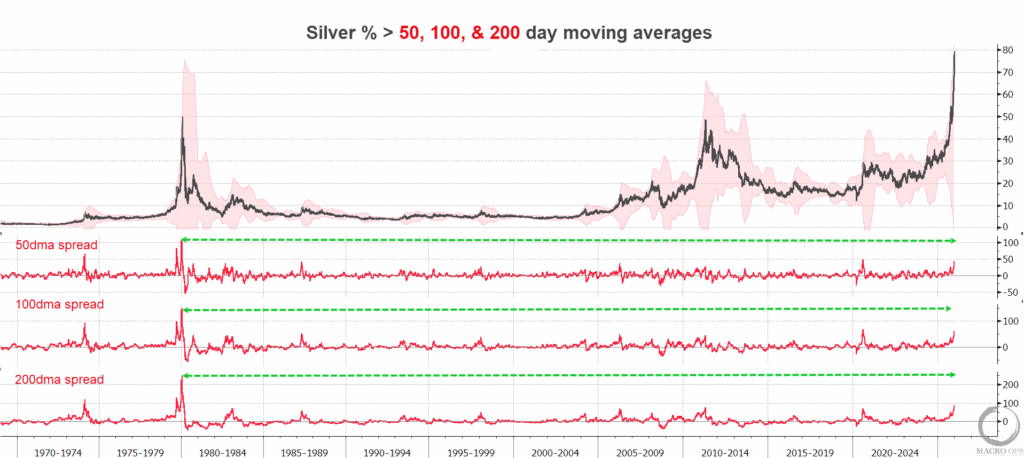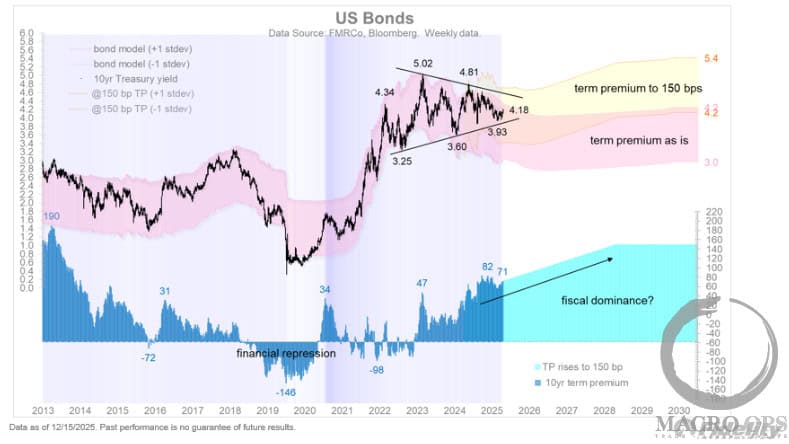“When we find our treasure, we forget where we put our picks and shovels.” – Bert McCoy
This week we’re kicking off (or revitalizing?) a quarterly series I’m calling “Value Investing Letter Recaps”
The piece congregates all my favorite investment ideas from my favorite value investor quarterly letters. I do the “heavy” work of distilling hundreds of letters into a few of the most interesting ideas I find.
From there, I share the investor’s high-level bull/bear thesis and provide further study material (like investor presentations, podcasts, and conference presentation links) to venture down the rabbit hole.
We keep things simple: three letters, three ideas, digestible in three minutes.
Within each idea we answer four main questions:
- What does the business do?
- Why is it a good business?
- Why does the opportunity exist?
- What is the prize if you’re right?
Quick housekeeping note that nothing you read is investment advice and please do your own due diligence before investing. Also, I do not own any of the below-mentioned securities as of this writing.
Finally, we get each investment letter from r/SecurityAnalysis, which you can find here.
Let’s get after it.
Top 3 Value Investing Letters You Need To Know About
1. Main Capital: KKR, Inc. (KKR)
Founder and PM of 1 Main Capital Yaron Naymark doubled down on KKR during the second quarter. In fact, it’s twice the size of his second largest position. You can read his letter here. All quotes are from Yaron’s letter (emphasis added).
What does KKR do?
“KKR is an alternative asset manager that manages around $500 billion for clients. It gets paid a management fee and share of profits on much of the capital it puts to work. Importantly, KKR is very well positioned within its field.”
Why is it a good business?
“Alternative asset managers (“Alts”) have been taking share from traditional strategies. On top of that, the largest of these managers have been taking share from smaller ones. Given its size, strong brand, and impressive long-term track record, KKR has been able to grow its AUM and fees at double digit CAGRs for decades and should continue capitalizing on the above trends for the foreseeable future.”
Why does the opportunity exist?
“KKR and the Alts more broadly are perceived as cyclical and get hit every time the prospect of an economic slowdown enters the picture. The thinking is that their underlying portfolios are leveraged, so when the market declines their investments will be hit disproportionately, which will negatively impact performance and inevitably future fundraising.”
What is the prize if you’re right?
“By 2026, I believe that KKR will earn more than $10 of DE per share and will trade for a higher multiple than it does today as investors get more comfortable with the Alts cycle risk.”
Further Research Material
2. Greenhaven Road Capital: Cellebrite (CLBT)
Scott Miller of Greenhaven Road Capital recently made CLBT a top-five position. You can read his entire investor letter here. Let’s dive into the company.
What does the business do?
“Cellebrite’s primary products enable law enforcement to extract and analyze data from cell phones and other electronic devices. As our digital lives and our actual lives converge, accessing digital information becomes critical when solving crimes and building criminal cases.”
Why is it a good business?
“Cellebrite’s access solutions naturally vary by model and operating system version, and at this point the company is equipped to extract data from more than 30,000 variations of phones. Once a phone is “cracked,” the terms of a search warrant typically restrict what data can be accessed legally, and an audit trail must be maintained to show what information has been accessed, by whom, and if and how it has been shared. Then there is the challenge of making sense of the accessed data, making connections between people, and building a timeline of events. All of this has to be digital, and
Cellebrite is the leader in selling these tools. Individual agencies are not equipped to build these tools in-house. According to the company, 90% of revenues come from government sources – Cellebrite sells to all of the large U.S. federal agencies as well as to a range of law enforcement agencies, including all 20 of the largest U.S. cities and all 27 of 27 EU national police departments.”
Why does the opportunity exist?
“The company is based in Israel and was owned by Japanese company Sun Corporation until, in an effort to highlight Cellebrite’s value, Sun helped take the company public by merging it with a SPAC.”
What’s the prize if you’re right?
“Given the embedded growth rates and high net revenue retention, if the multiple just stops contracting, we would expect to see returns in line with recurring revenue growth in excess of 30% per year. As in the other cases mentioned above, returns can be far higher should relatively modest multiple expansion resume.”
Further Research Material
- Latest Investor Presentation
- Latest Earnings Call
- Latest Conference Presentation (William Blair Growth)
3. Steel City Capital, LP: Equitrans Midstream Corp (ETRN)
Michael Hacke started buying ETRN in late June / early July when the stock traded around $6/share. You can read his full Q2 letter here. Let’s get to the idea.
What does the business do?
“ETRN is the former midstream arm of Marcellus natural gas producer EQT. They own gathering assets (small diameter pipelines that directly connect to the wellhead) and long haul transportation assets (larger diameter pipelines that move gas over long distances, usually under take-or-pay contracts).”
Why is it a good business?
“This is a business that is fairly simple to model. Certain volumes are contractually set. Non-contractual volumes should continue flowing even in a depressed natural gas price environment (and today’s price environment is anything but weak). And prices for volumes are known variables (again, with a significant portion being contractually set).”
Why does the opportunity exist?
“The stock has been a poor performer since its separation due to missed financial targets and increasing debt-levels, both owing to the company’s struggle to complete the Mountain Valley Pipeline (MVP) …
The project has been an utter disaster for the company because of continued opposition from the environmentalist community. Originally targeted to come online in late 2018 at a total cost of $3.5 billion, today we’re looking at a best case scenario of mid2023 at a total cost of $6.2 billion. In support of the expanding price tag, ETRN has had to take on increasing amounts of debt. At the same time, the company has pulled the rug out from under dividend-oriented investors, first in the form of revised guidance for no growth vs. 8-12% at the time of separation, and second in the form of a (backdoor) dividend cut.”
What is the prize if you’re right?
“Applying a 10% (equity) discount rate to expected free cash flow1 from the base business yielded a price in the low-to-mid $6.00 range. So at our purchase price, I felt comfortable we were able to lock in an attractive return with limited downside.
At this level, we also became the owners of an “option” on potential upside from the contingent cash flow stream. At the time, I estimated upside from this cash flow stream to be worth anywhere from $3.50-$4.00. Of course, the “option” is worth less thanthat (because of the probability tree associated with MVP), but at $6.00/share, we were getting the option for free.”
Further Research Material
Wrapping Up This Week’s Value Investing Letters: What To Read Next
Thanks for reading, and I hope you learned something. If you enjoy this series, let me know by shooting an email or retweeting on Twitter.
Also, please let me know if there’s an investor letter I should read that I didn’t cover here.







